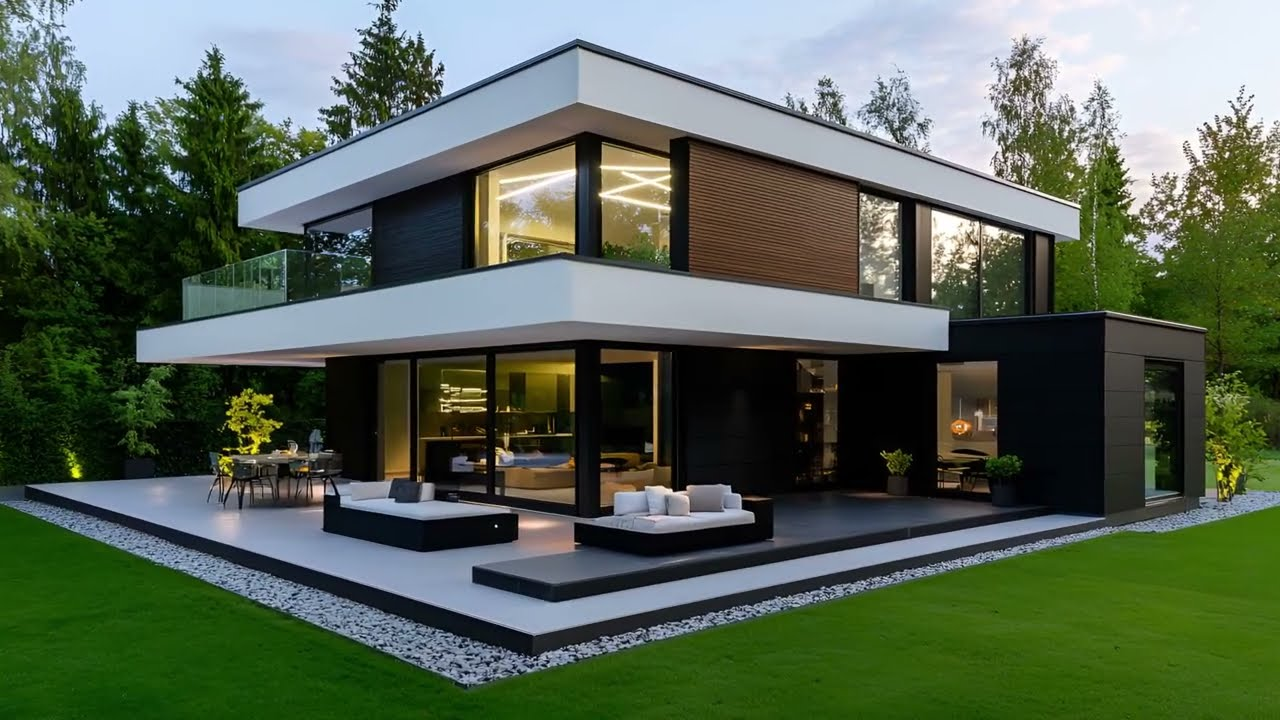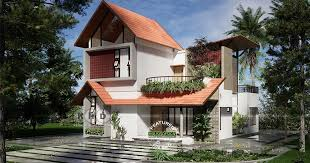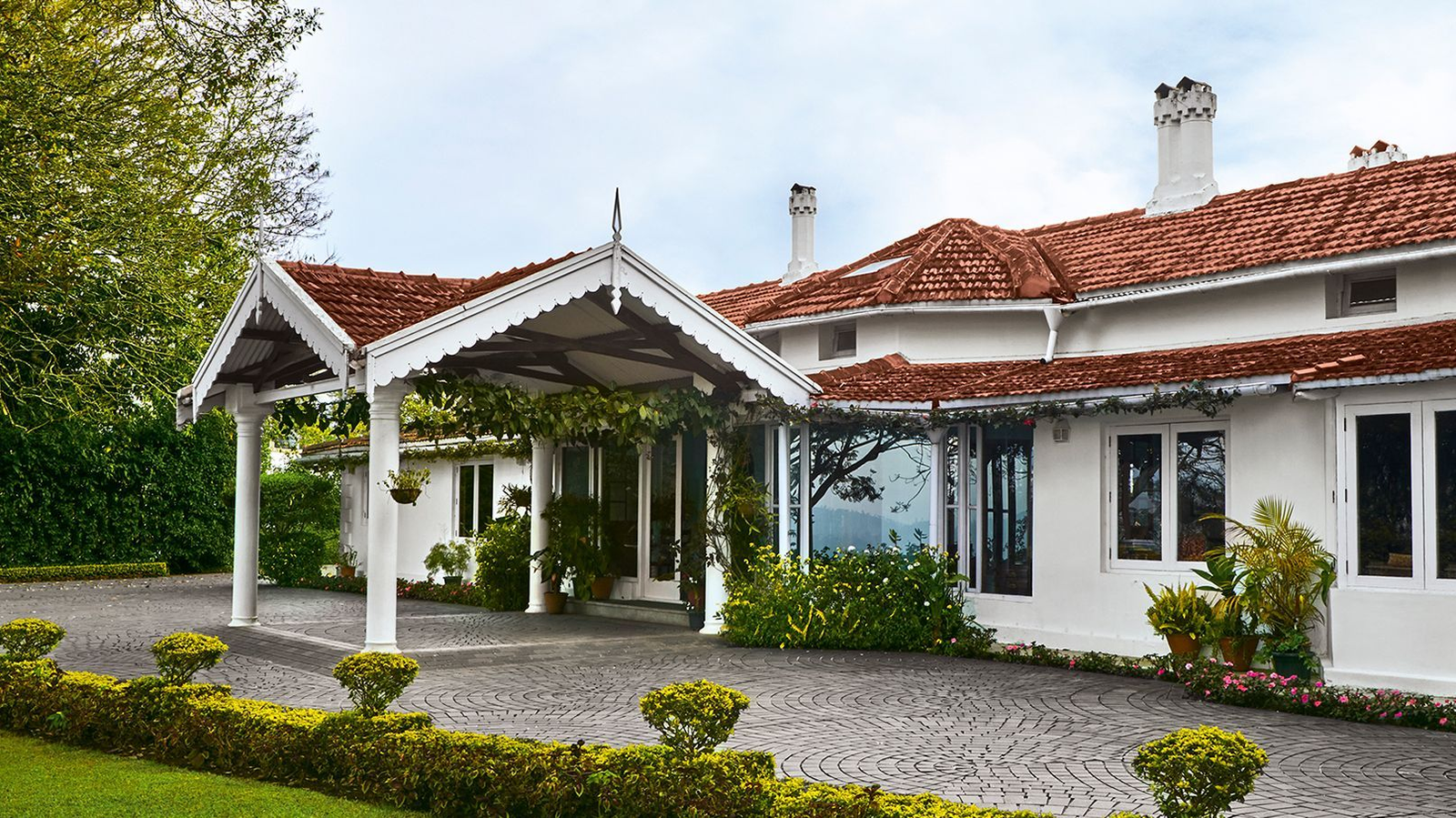Now Reading: Heritage Homes 2025: 7 Stunning Ways Modern Comforts Meet Timeless Architecture
-
01
Heritage Homes 2025: 7 Stunning Ways Modern Comforts Meet Timeless Architecture
Heritage Homes 2025: 7 Stunning Ways Modern Comforts Meet Timeless Architecture

Table of Contents
Heritage properties carry a charm that is hard to replicate. With their grand facades, intricate designs, and historical significance, these homes tell stories of a bygone era. However, many of these properties were built long before modern amenities became essential. Today, architects and homeowners are successfully blending the old with the new, updating heritage properties for modern living while preserving their unique character.
Preserving History While Adding Comfort
The key challenge in renovating heritage properties is maintaining their original character. From ornate ceilings to wooden floors and vintage fireplaces, these features define the soul of the home. Renovations are done carefully, ensuring that any updates do not compromise the historical essence. Modern comforts like central heating, air conditioning, and high-speed internet are discreetly integrated without disturbing the original design.
Smart Interiors for Contemporary Lifestyles
While heritage homes are known for their grand exteriors, interiors are often updated to meet today’s lifestyle needs. Open-plan kitchens, modern bathrooms, and energy-efficient lighting are common upgrades. Many homeowners are choosing neutral color palettes and minimalist designs that complement the traditional architecture rather than overpower it. These renovations create a balance where historical charm meets functional living.
Technology Meets Tradition

Modern technology plays a significant role in transforming heritage properties. Smart home systems, hidden wiring for security cameras, and automated lighting allow residents to enjoy convenience without altering the property’s aesthetics. In some cases, energy-efficient solutions like solar panels and modern insulation are integrated subtly to meet sustainability goals. These updates ensure that heritage homes are not only beautiful but also environmentally responsible and practical.
Outdoor Spaces Reimagined
Gardens and courtyards are integral to heritage properties. Many renovations now focus on enhancing these outdoor spaces to create private, usable areas for modern living. Landscaped gardens, outdoor kitchens, and comfortable seating areas are added to blend seamlessly with the home’s original style. Such enhancements increase both functionality and the property’s overall value.
Heritage Meets Luxury
The growing trend of updating heritage properties has attracted luxury buyers who value history and exclusivity. Renovated heritage homes in prime locations often see a significant rise in market value. High-end finishes, bespoke furniture, and carefully curated artwork elevate the interiors while respecting the home’s past. Buyers are drawn to these properties because they offer a unique combination of historical beauty and contemporary comfort.
Architectural Innovation

Renovating heritage properties requires creativity and precision. Architects often employ innovative techniques to reinforce the structure while retaining its original design. Using modern materials that mimic historical finishes, they maintain authenticity while ensuring durability. Restoration of original features like moldings, stained glass windows, and vintage flooring requires specialized craftsmanship, making these projects highly intricate and rewarding.
Community and Cultural Significance
Beyond aesthetics, preserving heritage properties contributes to cultural heritage. Renovated homes often become landmarks, showcasing the area’s history and architectural evolution. Maintaining these properties encourages tourism and educates future generations about architectural traditions. Homeowners and developers increasingly recognize the responsibility of preserving heritage while making it suitable for contemporary life.
Conclusion
Updating heritage properties for modern living is a delicate yet rewarding process. The combination of historical charm and contemporary comfort offers a lifestyle that is both elegant and practical. As more homeowners and architects invest in these renovations, heritage homes continue to thrive, telling stories of the past while embracing the needs of today.
By blending tradition with innovation, heritage properties are no longer relics of history; they are vibrant, livable homes that reflect the best of both worlds.
READ MORE:- Inside the World of Business Acquisitions: Secrets of Corporate Growth 2025



















